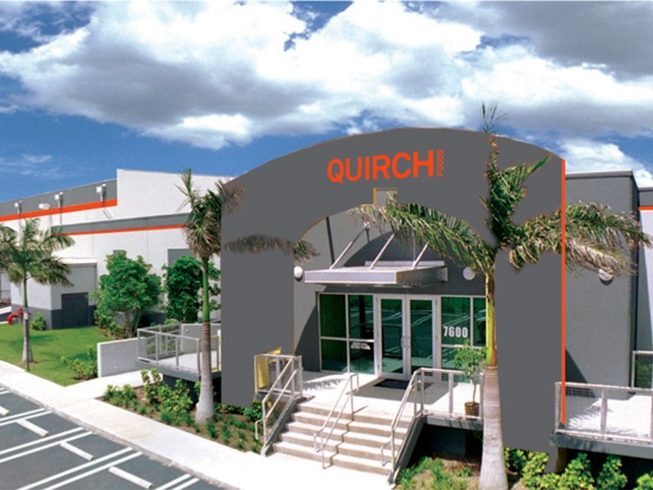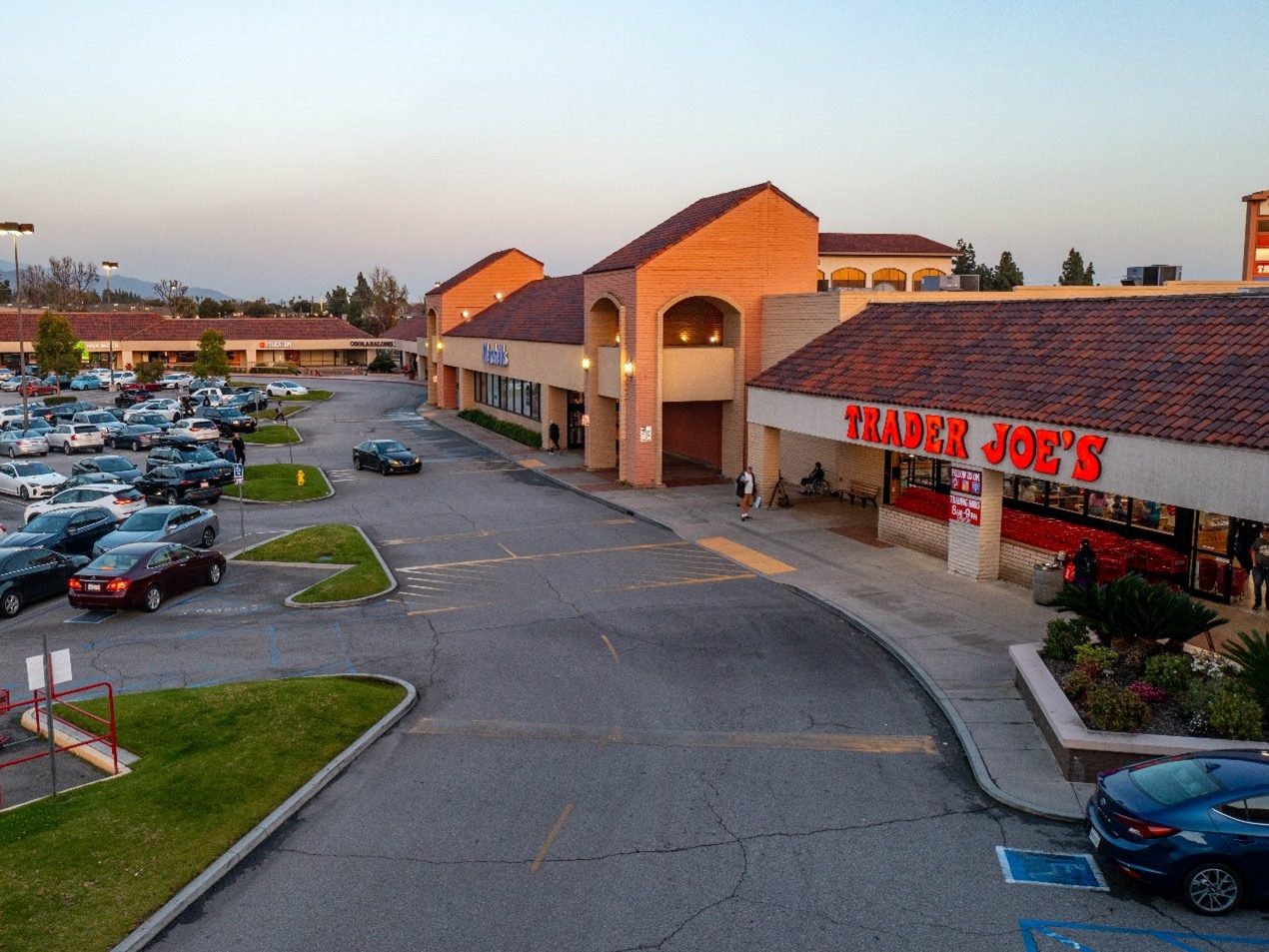Investors Revamp Playbook to Capture Yield: PGIM
While investors have largely focused on putting their capital in core assets in primary markets since 2010, they are starting to target markets offering more attractive yields and stronger growth opportunities, according to PGIM Real Estate's 2017 Global Outlook.
By Samantha Goldberg

Sources: Real Capital Analytics, PGIM Real Estate. As of May 2017. (courtesy of PGIM Real Estate 2017 Global Outlook)
As the commercial real estate industry’s “golden period” of high returns comes to an end, investors will have to broaden their strategies to find attractive income streams and sources of growth to deliver the high yields they seek, according to PGIM Real Estate’s June 2017 Global Outlook.
Since 2010, investors have largely concentrated on core assets in primary markets, avoiding the risky investments that contributed to the financial crisis. This trend has resulted in a third of all investment capital flowing to only eight top global cities, according to PGIM.
But as core assets in these top markets get more expensive, and investors worry about rising interest rates and the possible bursting of the property bubble grows, investors have been pausing to rethink their strategies. That trend is reflected in a decline in transaction volume in 2016 and early 2017 across the U.S., Europe and the Asia Pacific region.
“With further yield shift unlikely as interest rates start to climb from historically low levels, a period of lower returns is likely,” the report said. “Performance over the coming years could look quite different from the recent, post-global financial crisis, past.”
The U.S. had the most notable slowdown in pricing momentum, with just 10 percent of major office markets recording yield compression, the report noted. Despite this, private investors have significant capital they’re looking to invest in real estate—about $247 billion, according to Preqin.
Opportunities abound
Despite a slow start to the year, PGIM’s outlook for global economic growth and the commercial real estate industry remains positive, said PGIM Real Estate Global Head of Investment Research Peter Hayes. In light of diminished property returns in the U.S., greater certainty about the Trump Administration’s agenda and continued U.S. economic growth, investor capital is starting to target markets offering more attractive yields and growth opportunities.
“Investors will look to take on more location and sector risk in order to achieve higher returns,” Hayes said.
PGIM defines investment opportunities it has identified into three groups: “growth-driven,” such as value-add asset management or redevelopment; “value-driven,” which target higher-yielding secondary assets and markets; and “structural trends,” including alternatives and emerging markets.
Logistics is one area that presents an opportunity for investors in U.S. commercial real estate, as e-commerce growth and changing consumer spending patterns drive demand. The lack of supply supports rental growth in the sector, especially for urban infill sites.
Secondary markets and fast-growing emerging markets also offer higher yields for investors that are being priced out of gateway markets. Secondary markets are beginning to command a higher share of activity, the report noted, with investment in non-gateway cities accounting for 55 percent of transaction volume in 2016, up from slightly more than 50 percent in prior years.

Sources: Real Capital Analytics, PGIM Real Estate. As of May 2017. (courtesy of PGIM Real Estate 2017 Global Outlook)
But no matter the investment strategy, Hayes emphasized the case for maintaining a diversified global portfolio. Although cross-border investment fell in 2016, improving economics should boost volume in 2017, as more investors look overseas.
“There won’t be a huge increase in investor appetite or risk, but we will see more cross-border capital flows in the second half of the year than the first half,” Hayes said.
Looking ahead, PGIM’s outlook for economic growth remains moderate and sustained yield compression across the board seems unlikely to return in this cycle. However, a lack of supply could foster further rental growth.
“Investors would be wise to prepare for (a) more modest period of performance than has been recorded in recent years,” the report said.







You must be logged in to post a comment.